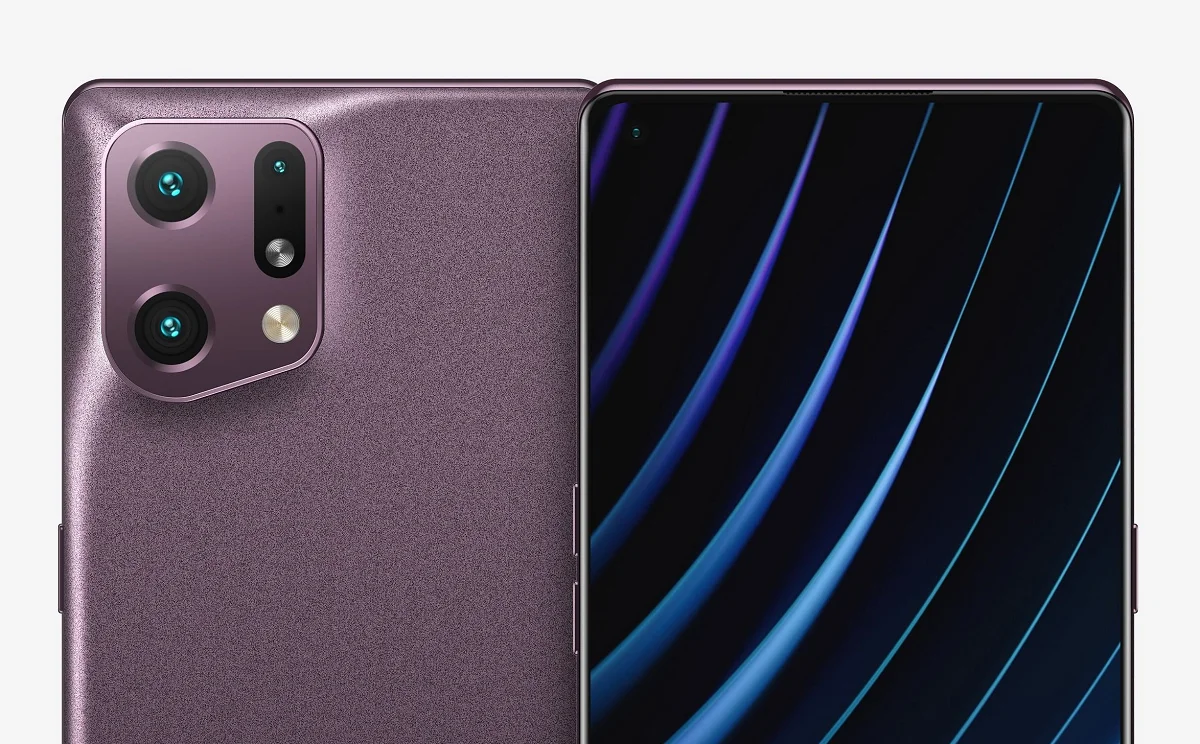In the process of providing input signals, hundreds of thousands of contacts appeared at the intersections of thousands of threads. Electrochemical reactions of galvanization began to occur at these contacts and something like memory.
To train the “brain”, scientists used the MNIST database, which contains many variations of handwritten digits. Each pass of the input data was accompanied by many transient processes in the knot formed by the nanothreads. Most likely, researchers did not even understand what, where and how worked for the result.

A closer look at the random arrangement of silver nanowires / Nature Communications
After training, the system began to correctly recognize handwritten numbers 93.4%As reported in a recent paper published in the journal Nature Communications.
Such an artificial brain does not have the memory for more complex processing of the result. It works online and delivers recognized information to the output, sufficient for a range of applications.
The advantages of the solution are obvious – they cost pennies, unlike training language models, which are very expensive. The same applies to the energy consumption required to perform an applied task. The “brain” made of nanofibers will consume very little energy.
This development, from the California Institute of Technology and the University of Sydney, is still crude, but its potential could be huge given its ease of production and claimed capabilities. At least it can recognize old captchas.
Source: 24 Tv
I’m Sandra Torres, a passionate journalist and content creator. My specialty lies in covering the latest gadgets, trends and tech news for Div Bracket. With over 5 years of experience as a professional writer, I have built up an impressive portfolio of published works that showcase my expertise in this field.














